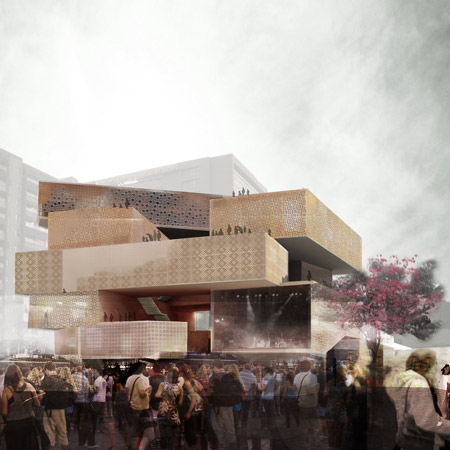
Modern Art Museum of Medellin by 51-1 Arquitectos
Peru studio 51-1 Arquitectos and Colombian architects Ctrl G have won a competition to design an extension to the Modern Art Museum of Medellin, Colombia.
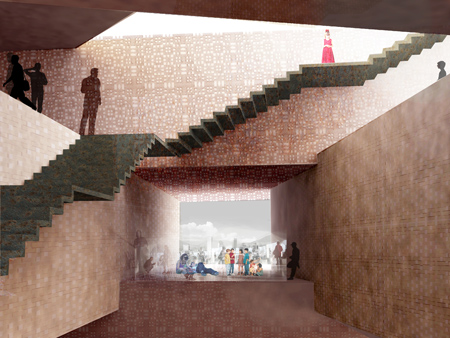
Drawing on the brick structures of the local barrios, the new building will be made up of stacked boxes.
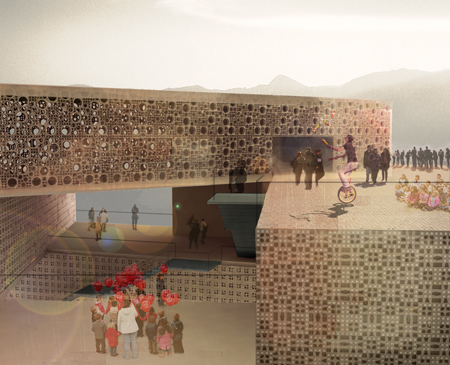
These will create a series of terraces that visitors will access by internal or external circulation.
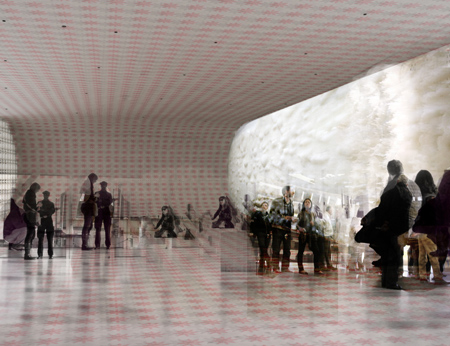
The information below is from the architects:
Modern Art Museum of Medellin second phase
51-1 arquitectos (Supersudaca Peru) & Ctrl G (Colombia)
Medellin is a very steep valley and the city settles on its slopes. You are always going up or going down. With the typical growth pattern of Latin-American cities, informal barrios settle in impossible geographies of very difficult access. Piled on top of each other, brick constructions from the barrios, go terracing and generating thousands of public interstices and small squares where people exercise their urbanity in flexible and ingenious ways.
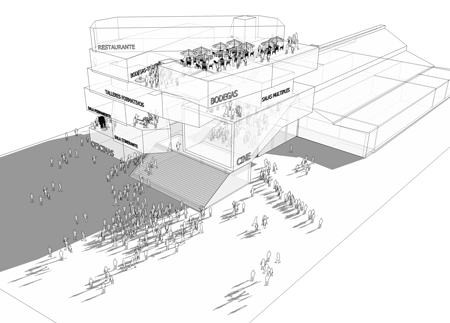
Medellin's successive governments have invested in exceptional infrastructure projects in those barrios, aiming to structure and integrate them into the 'formal' city with such series of public equipment as library parks, schools, squares, cable cars, bridges, etc. The city has arrived to the barrio.
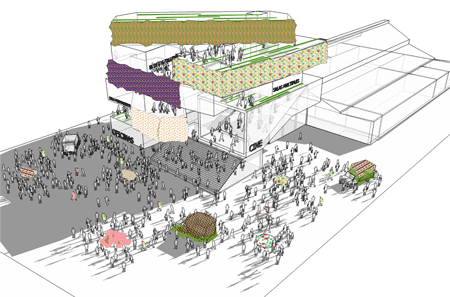
After those successful emblematic interventions in the urged barrios of the North and Center of the city, Medellin now proposes itself to intervene in more affluent areas of the South.
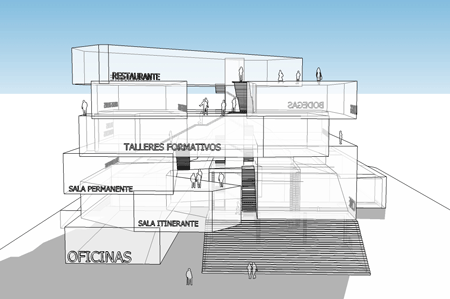
The dismantled premises of the former steel factory SIMESA, have been turned into the 'Ciudad del Rio' (River City): a rigid urban development of housing and office towers dependent of a shopping mall.
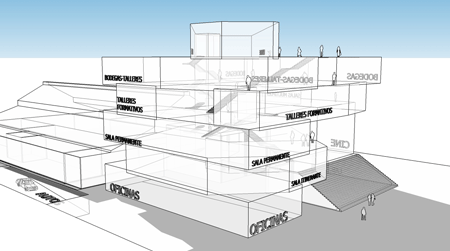
Public space has been reduced to a narrow park and to the new venue of the Modern Art Museum (MAMM) in a recycled industrial building. If the informal barrios had soul and its structure what have been given, the new Ciudad del Rio has structure but lacks soul. That task the new MAMM shall do. The international invited competition called for the proposal of an extension of the museum next to the industrial building.
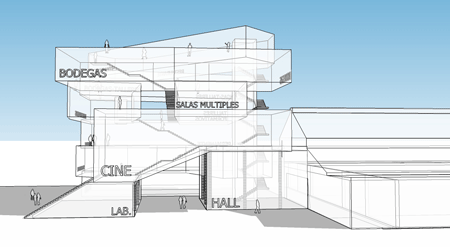
If formality of the city was exported to the barrios, to the excessive formality of the new Ciudad del Rio could be imported the vitality of the barrios. A Yin yang Dadaist.
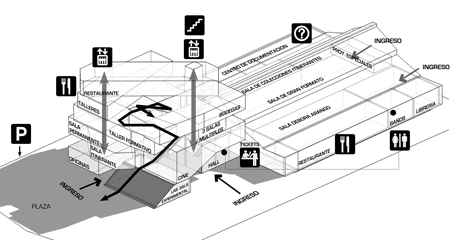
As in Duchamp's urinal taken to the museum, in this case we take the Medellin sloped barrio to the Ciudad del Rio. The alternative to the shopping mall as leisure space - MAMM's role - must happen from the generation of a barrio.
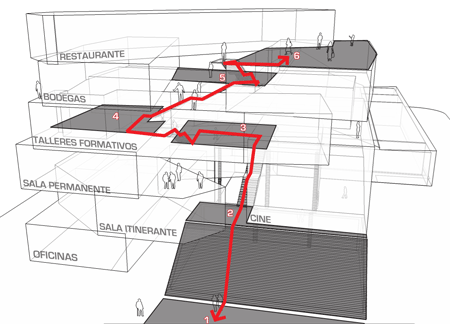
The program for the museum competition consisted of series of rooms without any relationship among them. For us it seemed more important the relationship between the exterior public spaces that would activate the neighborhood than between the interior spaces. This condition allows to stop thinking of the project as in a conventional building.
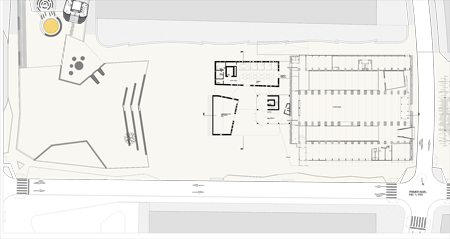
The organization logic is based then on the basic rules of each program component having an address to the circulation and the flexibility to growth over time (just like the barrios!)
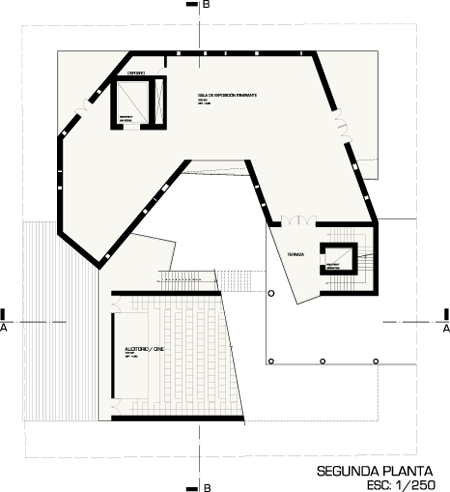
This way the project for the new museum is an informal (but strategic) pilement of blocks that create enormous potentialities in the multiple terraces generated at the interstices. Also those terraces can be seen as spatial reserves for the future growth of the enclosed spaces of the museum. We see it as an incomplete museum.
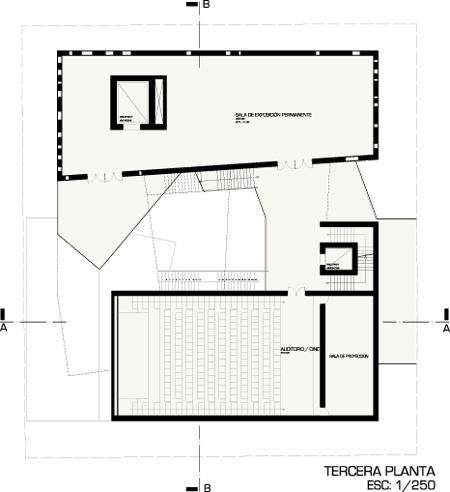
A museum which can be completed ephemerally with tents and kiosks or definitely by building the terraces until the whole building turns into an impenetrable cube.
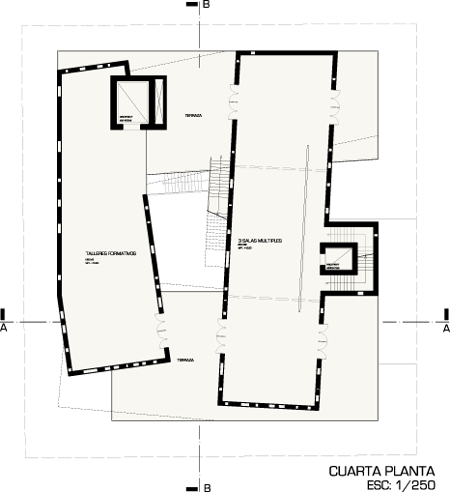
This is not a defined and finished building, it is a barrio.
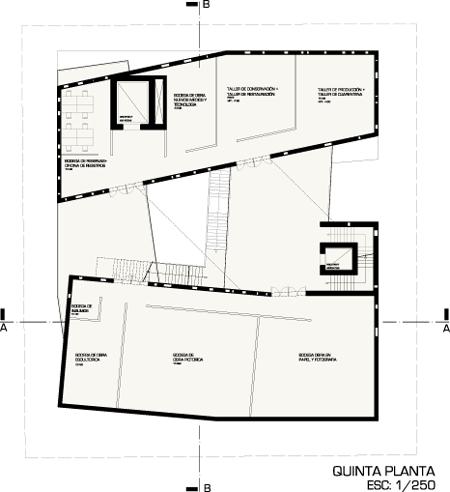
The project is planned as the new main entry of the museum articulating the new spaces of the extension with the existing ones, and with this gesture the MAMM opens itself to the neighboring ìel Pobladoî district.
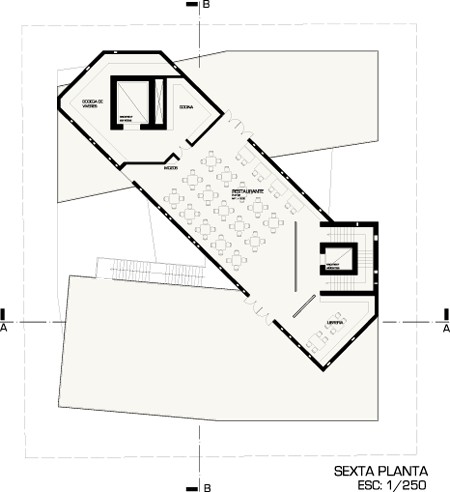
The project has a vertical circulation through the interior of the blocks, thus controlled and weather protected, but also (and specially) an exterior circulation that connects one terrace with the other, bringing the public on a path from the street up to the upper platform. Each one of these terraces can be conceived as a small square, making the museum 'a cascade of plazuelas'.
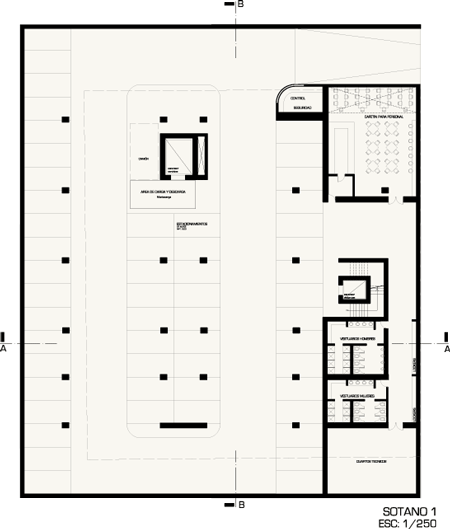
This double circulation (indoors and outdoors) allows great flexibility both for exhibitions and simultaneity of events. For instance, the temporal gallery in the third level can be accessed from the external circulation while the one in the fourth can be reached independently from the internal passages.

The lower level's vocation is to be integrated to the adjacent park. In a simple manner, the theater can be incorporated to it and become a stage that interacts with it.
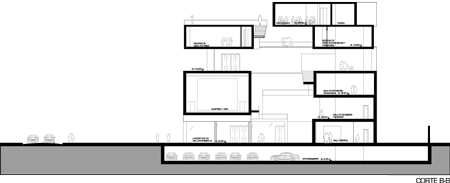
Towards the center of the museum, the piling of blocks generate a vertical central atrium that allows for a great diversity of uses. A tropical Guggengheim. A shadowbox.